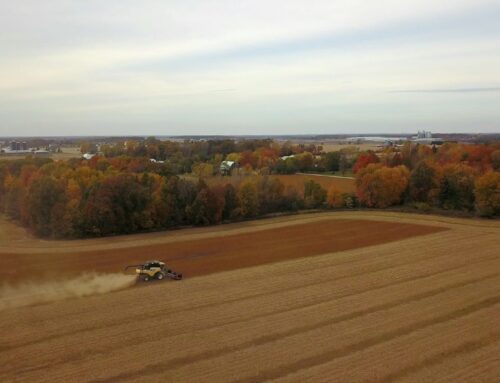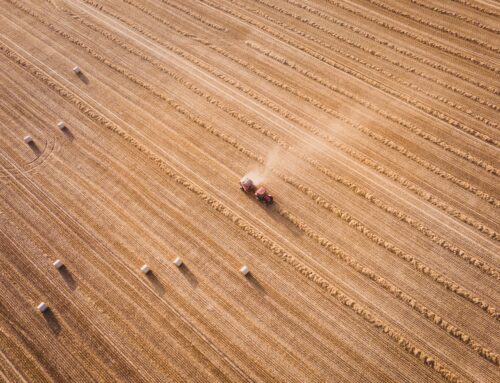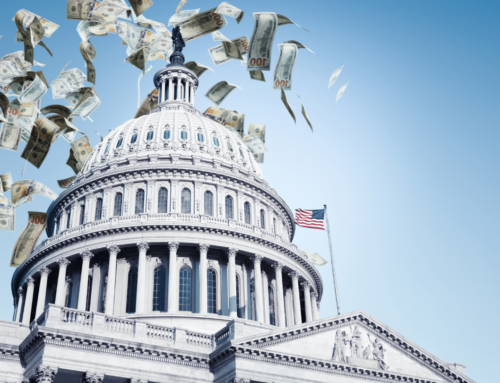It’s not a surprise that Kansas is an agricultural state. But the recently released Census of Agriculture underlines how critical agriculture’s success is to the state’s economy.
The census also highlights the increasing danger Kansas farming and ranching businesses face from Washington policies that are supposed to provide a financial safety net but instead engender dependence on D.C. It’s time to reform federal farm policy into an instrument for farmer and rancher success instead of an obstacle to opportunity.
The sunflower state’s numbers tell the story. Nearly 59,000 farms, 29 million acres of cropland, 15 million acres used for pasture and $18.8 billion in agriculture products sold. Fifth in overall value of production. Kansas produces more beef cattle, by value, than any other congressional district in the country. As goes agriculture, so goes Kansas.
But agriculture isn’t going so well. While the often cited “50 percent drop in income since 2013” statistic is misleading, because 2013 was the highest revenue year in nearly the last half century (since 1973). That said, it’s obvious it is no longer the best of times in agriculture. Prices for major commodities continue to barely rise above the cost of production. A well-intentioned but poorly executed trade conflict with China has resulted in agricultural exports, historically a perennial bright spot even in the darkest of times, falling 4.4 percent from last year. An already challenging price and income environment was then made more difficult by the wettest year on record.
Financial feast or famine — a story Kansans know all too well — is increasingly common in agriculture. But Washington’s legislative responses simply add fuel to the fire.
In the past 15 months, Washington has enacted a five-year farm bill projected to spend $200 billion on farm income support, directed an additional $5.4 billion to the ag sector through two emergency disaster spending bills, and tapped Depression-era authority to earmark $28 billion of federal aid in place of trade. And yet the financial health of farming and ranching businesses continues to deteriorate. The bankruptcy rate of farmers is rising in the Midwest. USDA’s projected $69.4 billion in net farm income will still fall far below the average of $90 billion experienced from 2000-2017.
All of this has led to what USDA refers to as “direct government payments,” i.e. subsidy checks sent from the Treasury to farm businesses, reaching their highest level in nearly 15 years.
This isn’t sustainable.
The federal government has a role in agriculture. Taxpayers for Common Sense supports a federal safety net for American farming and ranching businesses, provided investments of tax dollars are wise and efficient. That means focusing subsidies on those who actually need them, and limiting help to only those risks too costly or complex for farmers and ranchers to manage independent of Washington.
It means reducing barriers to trade, not erecting new ones. Investing in tools to discover what conservation practices actually achieve their intended outcomes, while reducing farm operating costs, and disseminating that information through robust state extension systems. And dismantling burdensome regulatory barriers and arbitrary mandates where Washington wisdom replaces individual responsibility and economic liberty.
Too often fiscal conservatives and farmers and ranchers see each other as adversaries instead of allies. In fact, we are incredibly alike. We both agree that the government shouldn’t be the deciding factor in business decisions. Instead, farmers and ranchers should be empowered to operate their business according to their own abilities, estimates and values.
We can afford a financial safety net for agriculture. But reviving an era where government payments decide who survives or fails, is too costly.











Get Social